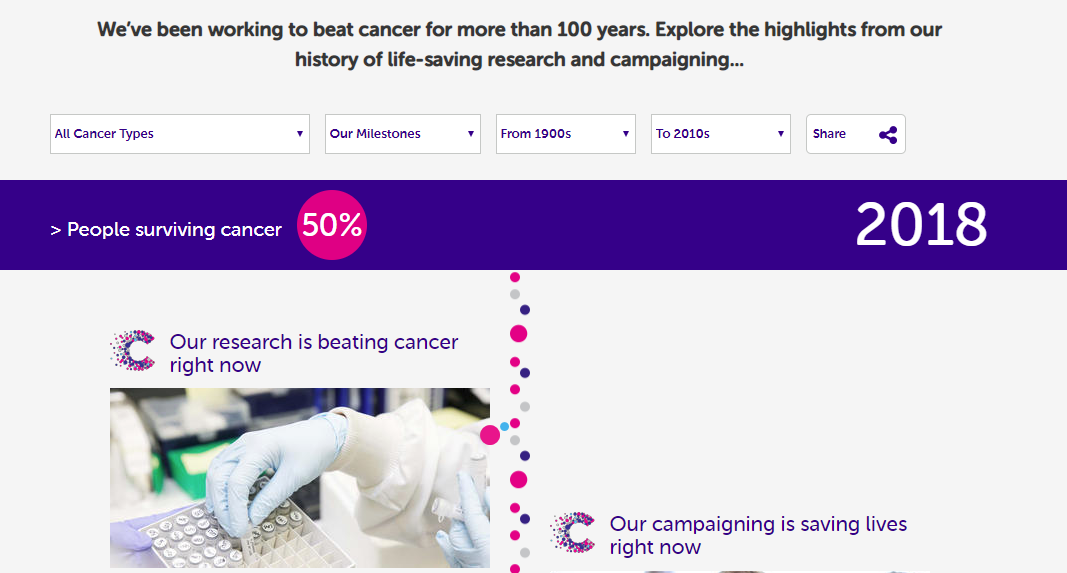In our healthy audience report, we looked at 50 different health and disability conditions and the charities that work on the related cause. We were interested in examining the relationship between the number of people with a condition and the size of the largest charity supporting those affected.
We found that, as in 2014, there is no simple relationship between the prevalence of a condition and the size of a charity (to find out about the prevalence of the different conditions and charity sizes download the full report here). However, there does appear to be a relationship between mortality rate and the total income raised by the charity that supports those with that condition or disability. From repeating the research, we also found that the gap between the largest and smallest charities has increased since 2014 as has the gap in income raised per person with the condition.
So, what can charities working in the health and disability sector do to maximise support?
Our research shows that raising awareness, while balancing the communication of the urgency of your cause, and demonstrating achievements and progress so far is key to maximising support.
Here are two examples that we have highlighted in our report on how charities have achieved this:
Demonstrating impact
Optimism is an important factor for encouraging future support. A key challenge for charities is to demonstrate the impact that they are making whilst also communicating the urgency of the cause. Shouting out about achievements, such as increasing survival rates and new treatments, creates optimism about the progress being made.
One example of this is Cancer Research UK who created an interactive timeline that shows the progress that the charity has made over the last century and highlighting milestones[1]. The timeline uses the percentage of survival rates to demonstrate the dramatic increases in survival rate from 29% in the 1980s up to 50% in 2018. In this way, Cancer Research UK highlights the impact that they have had through research discoveries, fundraising and campaigning on legislation.
Communicating awareness and understanding
For organisations where the public are not as aware of the impact of a condition or disability on an individual’s life, communicating the challenges can be an important way of both raising awareness of the issue and demonstrating the importance of supporting the charity.
National Autistic Society's ‘Too Much Information’ campaign is a great example of helping to create awareness and understanding of the unseen effects of autism. They did this by focusing on the nature of chaos within everyday situations that some people with autism experience.
The campaign stemmed from there being a high awareness of autism among the public but a lack of understanding. There was a clear mandate for the National Autistic Society, from people with autism and their families, to improve understanding among the general public[2]. The campaign focussed on five key things to increase public awareness around autism and highlighted the difficulties that people with autism face, which others may not be able to see or understand.
To find out more and discover which conditions have the highest income per person with the condition download our free report.


